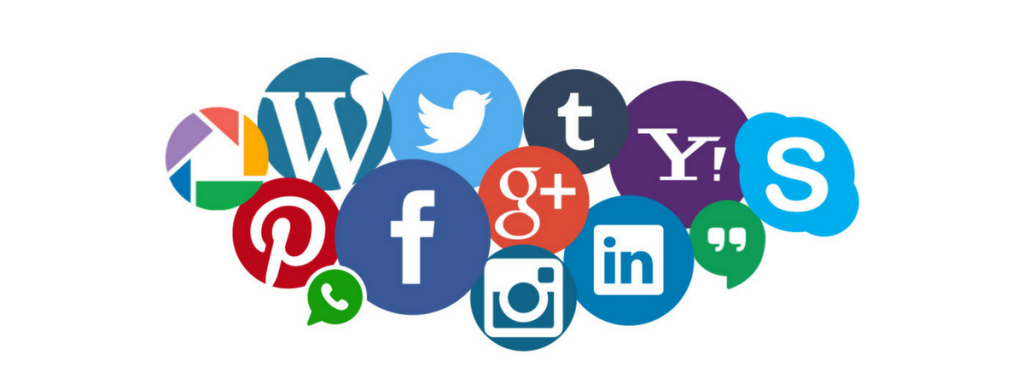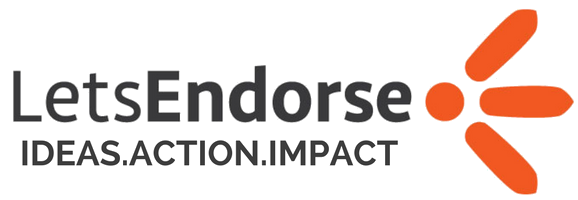Who is the new-age philanthropist (Web 2.0 users)? What is he (or she) looking for?
Not all of us know what Web 2.0 entails. Let me just start it off by saying- it is faster and it is better. One of the many advantages of Web 2.0 over 1.0 is the power of the user to get his voice heard. Earlier all the information on a website was under the control of the owner, but now everyone can add their comments and interact. The best example would be the plethora of social networking and blogging sites.
Social networking and Web 2.0 has changed the way NGOs could connect to donors and endorsers. It has also changed the profile of the givers. Hence one of the first steps of retaining your donor would be to identify him. First things first, let’s revise the persona of a new-age donor- Ambitious, Curious, Well-read, A problem-solver and quite likely, personally involved in their philanthropy.
1. They do not want print mail.
 We do not really receive promotional catalogues and the likes anymore in the post. And the truth is- we don’t really want it. Sending brochures to every supporter or prospective supporter is unnecessary and wasteful. Sustainable usage of the resources is appreciated by the new age endorser and supporter of NGOs. Therefore instead of printing your promotional or invitational letters out and mailing them to your financial support givers, the NGOs should opt for emails.
We do not really receive promotional catalogues and the likes anymore in the post. And the truth is- we don’t really want it. Sending brochures to every supporter or prospective supporter is unnecessary and wasteful. Sustainable usage of the resources is appreciated by the new age endorser and supporter of NGOs. Therefore instead of printing your promotional or invitational letters out and mailing them to your financial support givers, the NGOs should opt for emails.
2. They want information at their fingertips
 Apart from e-mails, there are other ways to reach these future philanthropists. They want to know about the non- governmental organisations through their social media, like Facebook, or Twitter, or dedicated sites to discover NGOs (like ours). The new age donor wants to find things on the go, quickly and easily. Creating a page or account for your organisation would help garner the attention of these supporters. And please get an effective website, if you don’t have it yet! You are already missing out on a lot otherwise. There lies a huge importance in the platform you choose to attract your new age philanthropists. Their interest is piqued through social media posts, quizzes, polls, and the likes.
Apart from e-mails, there are other ways to reach these future philanthropists. They want to know about the non- governmental organisations through their social media, like Facebook, or Twitter, or dedicated sites to discover NGOs (like ours). The new age donor wants to find things on the go, quickly and easily. Creating a page or account for your organisation would help garner the attention of these supporters. And please get an effective website, if you don’t have it yet! You are already missing out on a lot otherwise. There lies a huge importance in the platform you choose to attract your new age philanthropists. Their interest is piqued through social media posts, quizzes, polls, and the likes.
3. They have higher expectations.
 Web 1.0 was more of a static interface, while Web 2.0 is interactive. It is easier to update facts than it was before. Now that there are many ways and interfaces to connect the financial backer to the organisation, the expectations of the donors are higher than before. Information is available very easily today, and that is exactly what the donor wants. He (or she) wants to be reported of every progress, not just an annual report or summary. Go for a dynamic website automator like Swayam and never get a chance to complain about being dependent on a third-party to update your website.
Web 1.0 was more of a static interface, while Web 2.0 is interactive. It is easier to update facts than it was before. Now that there are many ways and interfaces to connect the financial backer to the organisation, the expectations of the donors are higher than before. Information is available very easily today, and that is exactly what the donor wants. He (or she) wants to be reported of every progress, not just an annual report or summary. Go for a dynamic website automator like Swayam and never get a chance to complain about being dependent on a third-party to update your website.
4. Appreciation is appreciated.
 The new- age philanthropist wants to be acknowledged of his contribution. Little thanks go a long way. Since Web 2.0 offers so many public and social interactive domains, applauding the giver’s’ generosity on those platforms has become easier. What they want is to feel like their contribution can make a difference. Hence, thank you mails and comments on their profiles mean a lot to them.
The new- age philanthropist wants to be acknowledged of his contribution. Little thanks go a long way. Since Web 2.0 offers so many public and social interactive domains, applauding the giver’s’ generosity on those platforms has become easier. What they want is to feel like their contribution can make a difference. Hence, thank you mails and comments on their profiles mean a lot to them.
5. Two way conversation
 The dynamic nature that the Web 2.0 has is much more effective in facilitating discussions between the endorser and the NGOs. Web 1.0 pages had static information, but in Web 2.0 the information on the sites keep updating and allow users to add comments and interact simultaneously. This is a wonderful way of instilling trust between the parties and the fluidity that the new-age humanitarians want. Therefore, keeping pace with the 2.0 technology, NGOs should encourage queries and answer them, as the new- age philanthropist would want the transparency.
The dynamic nature that the Web 2.0 has is much more effective in facilitating discussions between the endorser and the NGOs. Web 1.0 pages had static information, but in Web 2.0 the information on the sites keep updating and allow users to add comments and interact simultaneously. This is a wonderful way of instilling trust between the parties and the fluidity that the new-age humanitarians want. Therefore, keeping pace with the 2.0 technology, NGOs should encourage queries and answer them, as the new- age philanthropist would want the transparency.
6. Not generic. Make it personal!
 The new age giver is not interested in mechanical messages asking for donations. They want the venture to be personal. They want to know the people behind the NGO, not just a logo and an automatic message. Public requests are not as effective as direct pleas. The more connected they feel, the more likely they are to contribute!
The new age giver is not interested in mechanical messages asking for donations. They want the venture to be personal. They want to know the people behind the NGO, not just a logo and an automatic message. Public requests are not as effective as direct pleas. The more connected they feel, the more likely they are to contribute!
7. Towards social impact
 Donors are moving towards social impact and outcomes instead of contributing for general purposes. The Web 2.0 donors rather invest in an organization that has vision and purpose to exist and grow. It is not just about getting funds but also about utilizing them to good use , it is about putting that money into important and good use. They seem to be giving more like an investor and the ROI is the success of the project. The donor today, is well-read and researches amply about the organization before the gift “investment” is made.
Donors are moving towards social impact and outcomes instead of contributing for general purposes. The Web 2.0 donors rather invest in an organization that has vision and purpose to exist and grow. It is not just about getting funds but also about utilizing them to good use , it is about putting that money into important and good use. They seem to be giving more like an investor and the ROI is the success of the project. The donor today, is well-read and researches amply about the organization before the gift “investment” is made.
8. More hands-on than ever before
 Donors now-a-days wish to be involved with the supported project and have a hands-on experience. The donor may want to get involved with some aspects of the organization as a volunteer/pro-bono support so that they can have a clear view of and stake in the success of the project.
Donors now-a-days wish to be involved with the supported project and have a hands-on experience. The donor may want to get involved with some aspects of the organization as a volunteer/pro-bono support so that they can have a clear view of and stake in the success of the project.
Identifying and finding donors and raising funds have many facets. It is not just about getting donations, it is about putting that money into important and good use. Web 2.0 not only attracts the new- age donors, but also helps the impact of good work to be noticed.
It is a new era. Let’s make it better.


